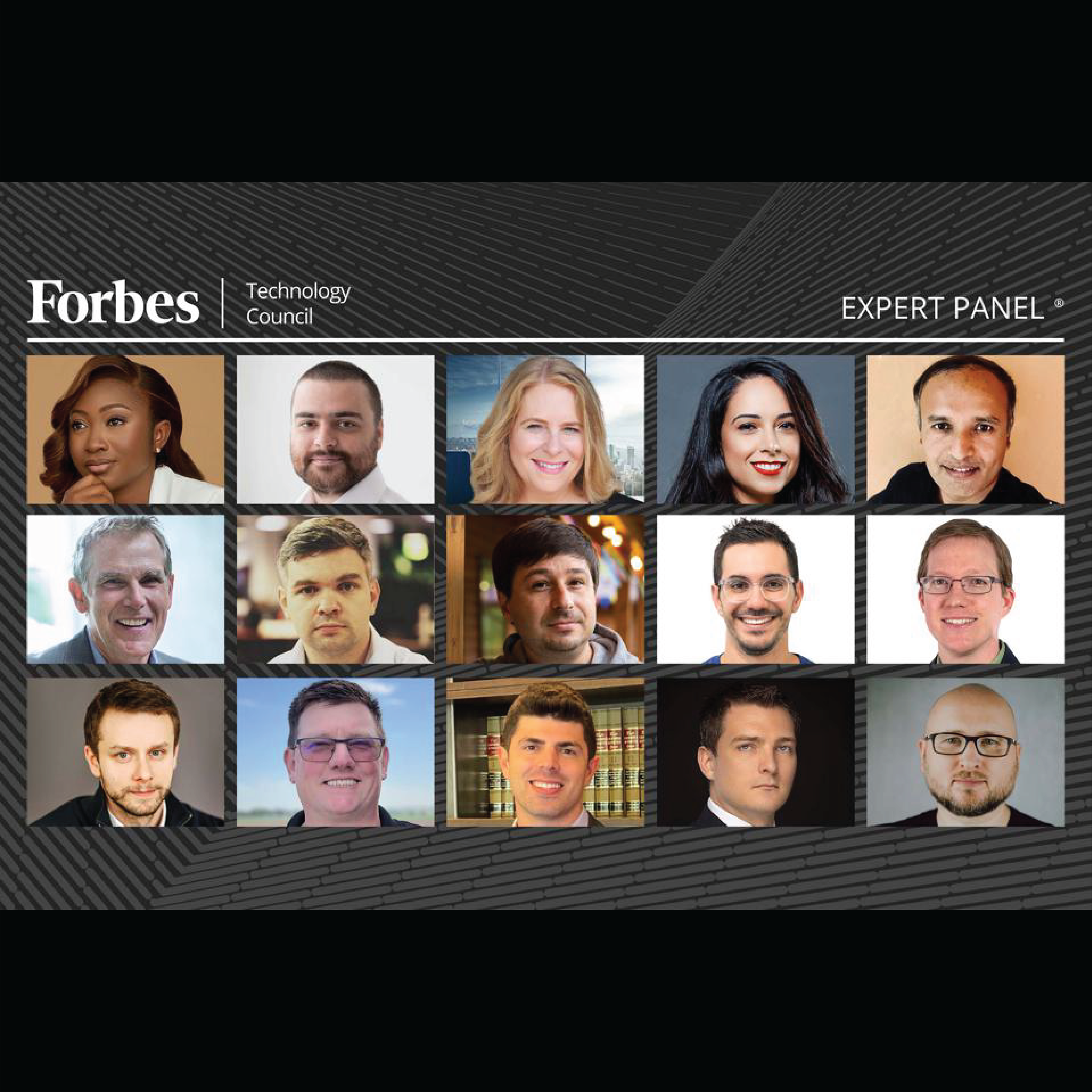User profile learning, such as mobility and demographic profile learning, is of great importance to various applications. Meanwhile, the rapid growth of multiple social platforms makes it possible to perform a comprehensive user profile learning from different views. However, the research efforts on user profile learning from multiple data sources are still relatively sparse, and there is no large-scale dataset released towards user profile learning. In our study, we contribute such benchmark and perform an initial study on user mobility and demographic profile learning. First, we constructed and released a large-scale multi-source multimodal dataset from three geographical areas. We then applied our proposed ensemble model on this dataset to learn user profile. Based on our experimental results, we observed that multiple data sources mutually complement each other and their appropriate fusion boosts the user profiling performance.
In this technical demonstration, we showcase the first ai-driven social multimedia influencer discovery marketplace, called SoMin. The platform combines advanced data analytics and behavioral science to help marketers find, understand their audience and engage the most relevant social media micro-influencers at a large scale. SoMin harvests brand-specific life social multimedia streams in a specified market domain, followed by rich analytics and semantic-based influencer search. The Individual User Profiling models extrapolate the key personal characteristics of the brand audience, while the influencer retrieval engine reveals the semantically-matching social media influencers to the platform users. The influencers are matched in terms of both their-posted content and social media audiences, while the evaluation results demonstrate an excellent performance of the proposed recommender framework. By leveraging influencers at a large scale, marketers will be able to execute more effective marketing campaigns of higher trust and at a lower cost.
The exponential growth of online social networks has inspired us to tackle the problem of individual user attributes inference from the Big Data perspective. It is well known that various social media networks exhibit different aspects of user interactions, and thus represent users from diverse points of view. In this preliminary study, we make the first step towards solving the significant problem of personality profiling from multiple social networks. Specifically, we tackle the task of relationship prediction, which is closely related to our desired problem. Experimental results show that the incorporation of multi-source data helps to achieve better prediction performance as compared to single-source baselines.
Press About Us

The growth of wearable technology has resulted in an increase in the development of wearable apps. However, developing a wearable app can be a costly undertaking. A wrong turn in development can lead to a subpar user experience, potentially dooming your app before it even gets off the ground.
Here are the all-too-common mistakes that members of Forbes Technology Council urge steering clear of, so leaders can keep their projects on budget and headed for success.

For companies that develop and deliver technology products and services, the primary focus each day is on customers. Leaders spend much of their time talking about new solutions and enhancements to make their product or service the top choice in the marketplace. But if a tech company—or any company that leverages technology—is to truly succeed, the focus can’t just be outward. Tech leaders must also concentrate on internal initiatives to improve productivity, efficiency, costs and the work experience of their team members.
From better leveraging Agile principles to adding new time-saving tools to bringing some fun and creativity back to the workplace, the members of Forbes Technology Council are never short on ideas for improving their tech processes. Below, 13 of them discuss the internal tech initiatives they’ll be introducing or focusing on in 2023, and why they’re important.

Most tech pros closely follow tech news and developments because of their passion for the field. However, tech leaders can’t rely solely on that innate curiosity to ensure their team members stay up to date on the latest industry developments. It’s essential to set aside time and provide resources for team members to explore cutting-edge, relevant tech trends to ensure your company remains competitive.
Creating a culture of learning not only contributes to your tech team members’ happiness and growth, but also ensures your team will continue to build products and services that customers truly need and want. Below, 16 members of Forbes Technology Council detail the ways they ensure their teams stay ahead of the game in terms of new technology and trends.
